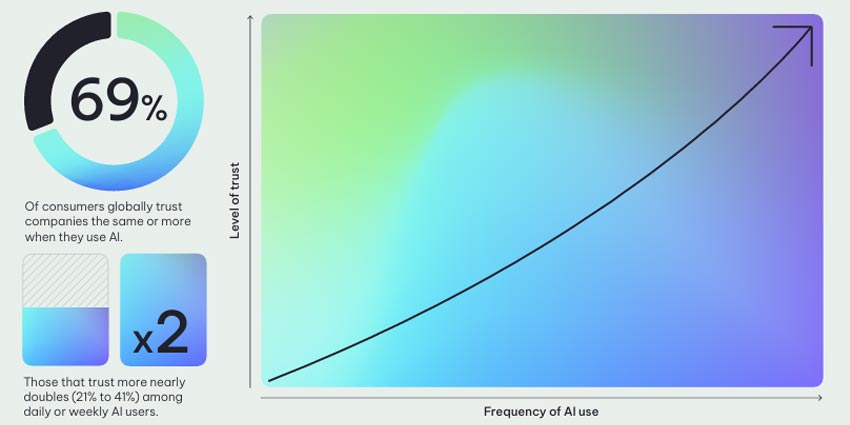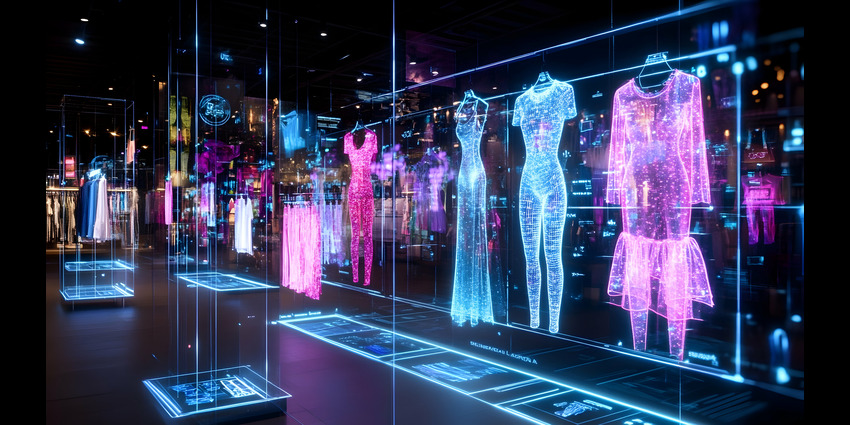Only 58 percent of people consider themselves happy.
That’s the bombshell statistic of a new Global Happiness Index study, published by NiCE, which surveyed 12,000 people across six countries.
Those countries include the US, UK, Australia, Japan, Brazil, and Mexico.
The figure is down from 66 percent in 2024 and is an unfortunate sign of the times.
After all, political, economic, and environmental discourse is seeping into our everyday lives, as much as many of us try to distract ourselves.
The caveat? Customer happiness has risen over the past 12 months, bucking the downward spiral.
Indeed, it has surged from 36 to 41 percent. That’s a meaningful increase, especially when set against the broader decline.
So What?
For Omer Minkara, VP & Principal Analyst at Aberdeen Research, the “so what” is that the survey underlines how AI is finally starting to transform customer service experiences.
“As AI becomes more user-friendly and powerful, it’s driving greater efficiency, enabling personalization, and allowing CX leaders to better meet expectations,” he recently told CX Today.
According to the report, 72 percent of consumers have experienced benefits from AI and automation in customer service, with many experiencing a “wow” moment.
Interestingly, that’s a trend more pronounced among consumers under 35, who report higher satisfaction and greater benefit from AI in service interactions.
That said, there is still a tangible discontent with customer service. After all, 59 percent of consumers remain dissatisfied, many citing cumbersome experiences with previous-generation chatbots.
However, most accept that AI is the future and are ready to embrace it. Indeed, 69 percent of consumers trust brands more when they use AI. They perceive it as a sign that these businesses are investing in making their lives easier.

Wowing Customers with AI
AI has long played a role in customer service, streamlining transactional interactions, automating processes, and helping teams find answers more easily.
However, while it has helped lower customer effort, it hasn’t before contributed to many “wow” moments that stay with the customer and inspire loyalty.
The survey suggests that’s starting to change. Yet, the wow isn’t just about human-like chatbots. Instead, it’s about platforms that know the customer’s journey, preferences, and history and can act on that knowledge intelligently.
In doing so, brands can pre-empt issues, make smarter recommendations, and steer customers toward the experiences likely best for them.
Recognizing this, brands are turning from point solutions, according to Barry Cooper, President of CX at NiCE. He said:
The “wow” effect won’t come from point solutions anymore, those don’t have access to the full scope of customer service or journey data. They only know what happened in one particular interaction, like a single chat, and they’re not trained on customer experience (CX)-specific data.
Instead, brands are pivoting to deploy solutions that can deliver holistic, personalized service, resulting in a deeper wow effect, like NiCE CXone Mpower.
Companies Aiming to Deliver Wow-Worthy Service Experiences
AI isn’t a one-and-done initiative. It’s a journey. Successful brands understand that they must evolve and integrate continuously.
David Richie, Head of Customer Experience of SSE Airtricity, recognizes this and is pushing the energy supplier’s innovation cycle forward at breakneck speed.
“The truth is that our customers also use Google, Amazon, Netflix, and TikTok, so their expectations of AI-powered experiences are high,” he said.
“We’re making great strides with new technologies that deliver richer insights and smarter feedback, shaping our strategy for what’s next.
Over the coming months, we will accelerate into new areas with agentic AI, virtual assistants, and smarter data insights. This is the beginning of an exciting journey.
Jeff Fawcett, Director of Call Center & Training at Wine Country Gift Baskets, shares similar ambitions. “The last twelve months feels like a tipping point for AI and customer service,” he said.
“We’ve moved beyond theory, and today, there’s a lot of hard, measurable data that is showing how AI is actually working in the real world, whether it’s reducing talk time, reducing staffing needs, or reducing training requirements.
“I’m excited by the possibilities… in speeding up seasonal onboarding and improving overall experience, ensuring agents feel better prepared, while customers feel they are in safe hands.”
Richie’s colleague Michelle McGrath will speak at NiCE Interactions International 2025, a staple European contact center event. To find out more, visit: www.nice.com/websites/interactions-international







